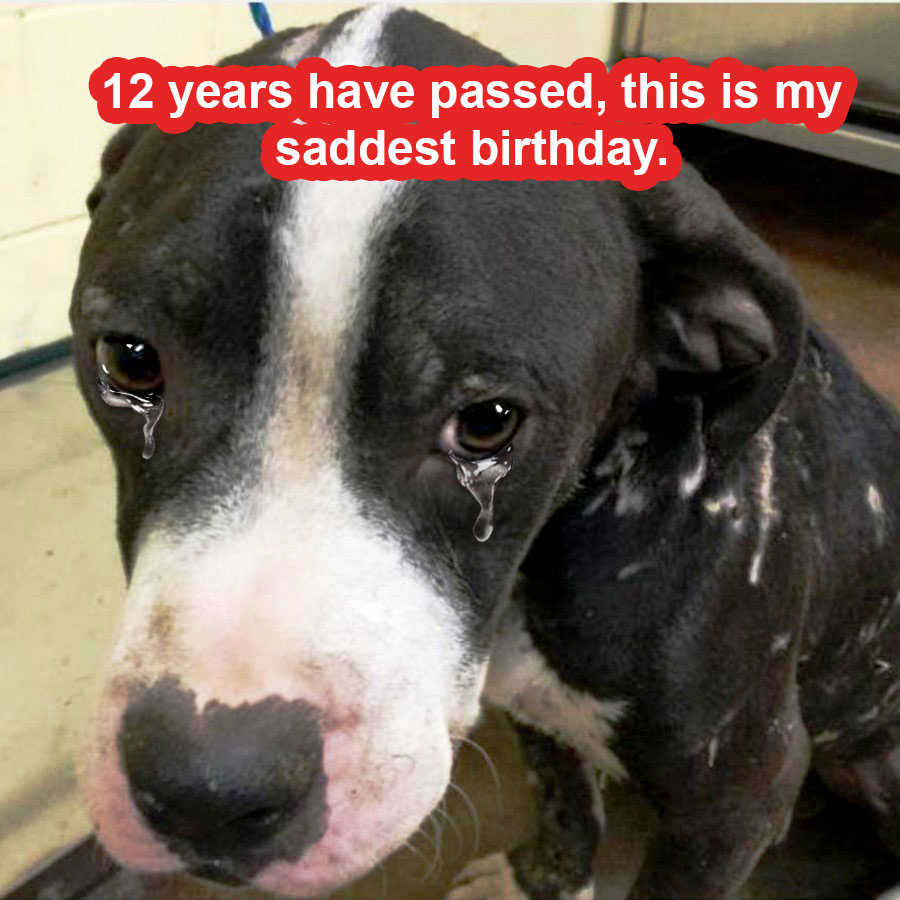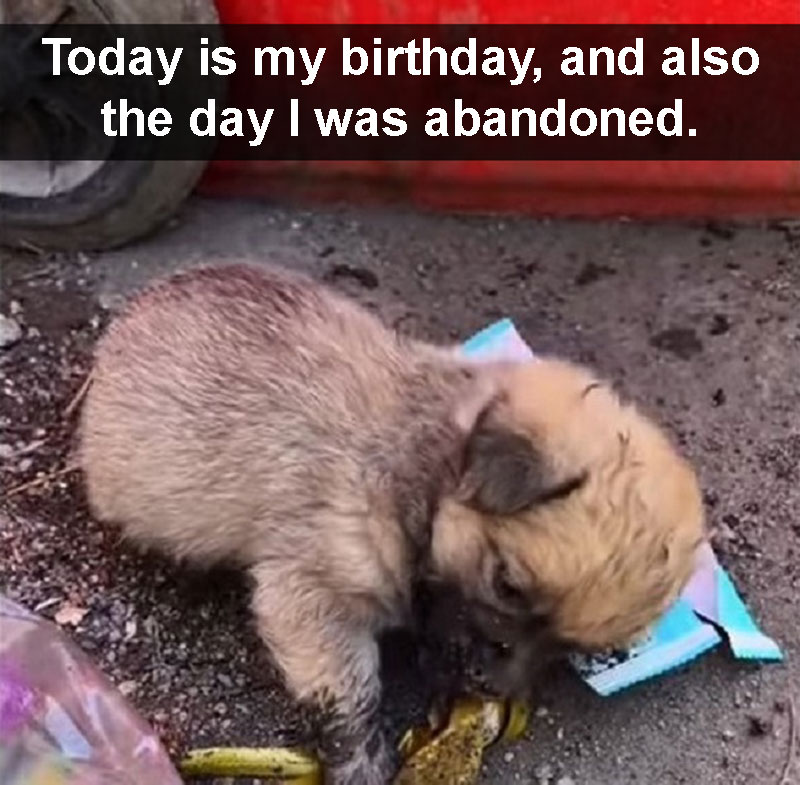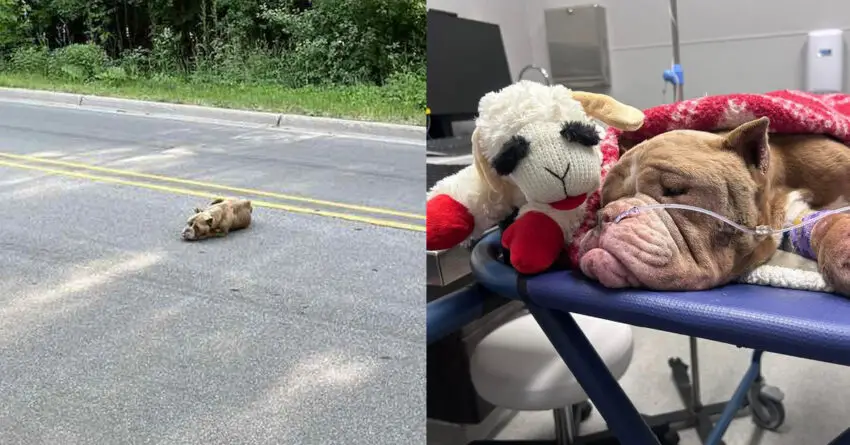U.S.Contrary to what the film depicts, the 90kg bear in Georgia died after ingesting 3-4 grams of cocaine and did not cause any previous acts of vandalism.

The bears that died from cocaine consumption belonged to black bears. image: National Geographic
The real story of Drug Bear began with a man named Andrew Carter Thornton II. Born in 1944, the son of a prominent Kentucky horse breeder, he became a U.S. Army paratrooper and was awarded a Purple Heart in 1965 when the U.S. invaded the Dominican Republic. Thornton returned home to Kentucky that same year, where he joined the Lexington Police Department’s drug prevention team.
However, Thornton soon became more interested in drug trafficking than crime. His adventurous nature drives him to delve deeper into the drug trade. In 1981, Thornton was accused of flying a plane with 24 others to transport marijuana from South America to Lexington, Kentucky. Then, in September 1985, Thornton jumped out of a plane in Knoxville, Tennessee, carrying an empty bag containing $15 million worth of cocaine, and embarked on his final drug bust. He died of a malfunction.
Two months after the smuggler’s death, a hunter in Georgia found a bear nearby with its bag torn. Later, investigators confirmed it was Thornton’s bag. Medical staff concluded that the bear, weighing more than 90 kilograms, died of poisoning after consuming about 3-4 grams of cocaine. “That dose was enough to kill anyone,” investigators said.
Scientists aren’t sure whether animals get the same highs that humans do when using drugs like marijuana or cocaine. Whether animals eat compounds such as catnip, hallucinogenic mushrooms, or alcohol, there’s no way of knowing whether they’re seeking out compounds for recreational purposes. But stimulants do have some effects on animals. For example, reindeer will go crazy after eating mushrooms, and many wild animals will fall asleep after drinking.
The cocaine bear had been dead for about a month when it was found in the woods. Contrary to the devastating film’s behavior, investigators reported no damage or threats prior to his death. Nor did the bear eat all the cocaine Thornton was smuggling. Authorities concluded that someone used the remains.
According to dreamer Chris Morgan, while the bear likely had a physical reaction to cocaine ingestion, its death was not the story of a drug-addicted bear, but rather a reflection of human excrement, which has implications for How dangerous it is for wild animals. Many cases of drug ingestion in animals can be explained by curiosity or hunger. While accidental drug exposure is common, it is often the result of human carelessness or cruelty.
Research shows that as people take more and more stimulants, animals are also more likely to consume them. Dogs in areas with high opioid prescriptions are at higher risk of opioid toxicity, a team of researchers has found. Cannabis poisoning can even maim or kill dogs and cats.
Cocaine-eating bears aren’t the only animals threatened by Thornton’s smuggling operations. It was just one of several drug-filled bags that Thornton dumped in Georgia and inland Tennessee before his fatal skydive. At the time of his death, investigators found evidence Thornton and his associates had dropped nearly 400 kilograms of cocaine in the United States. However, they recorded no further cases of bears dying or wreaking havoc due to cocaine ingestion.
they are kang (Theo National Geographic)






















